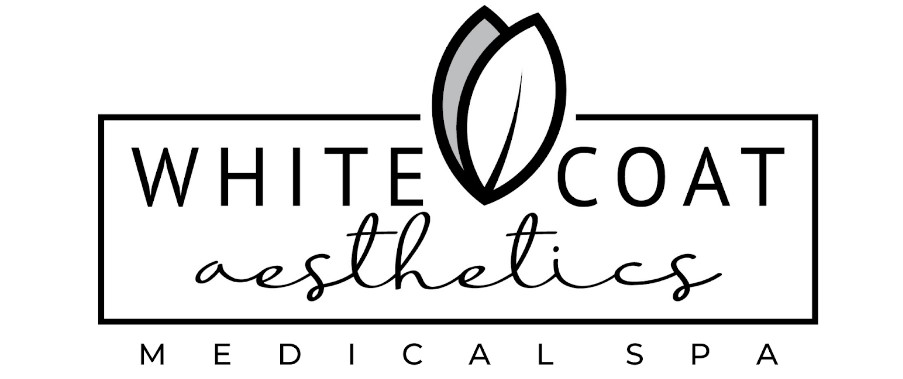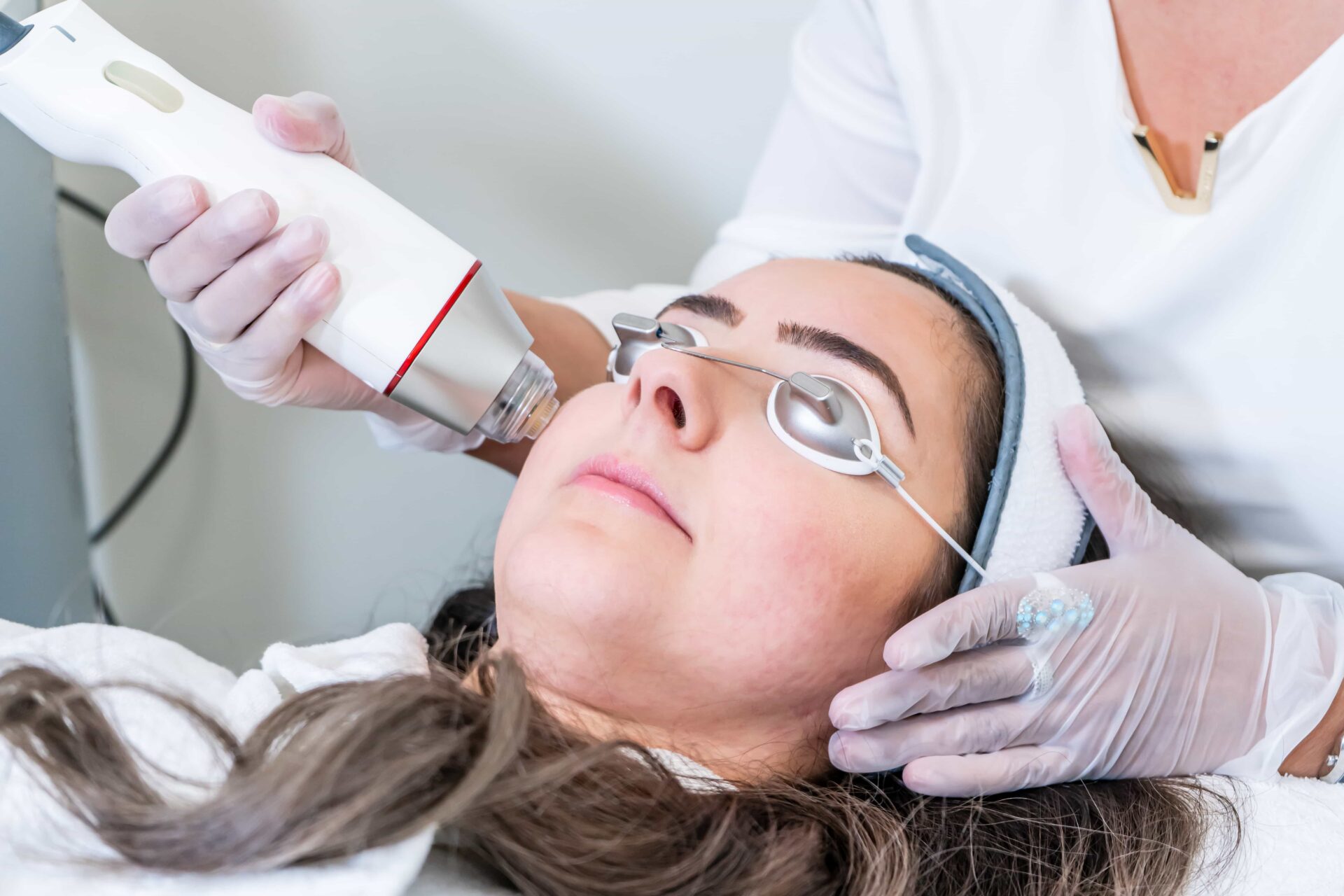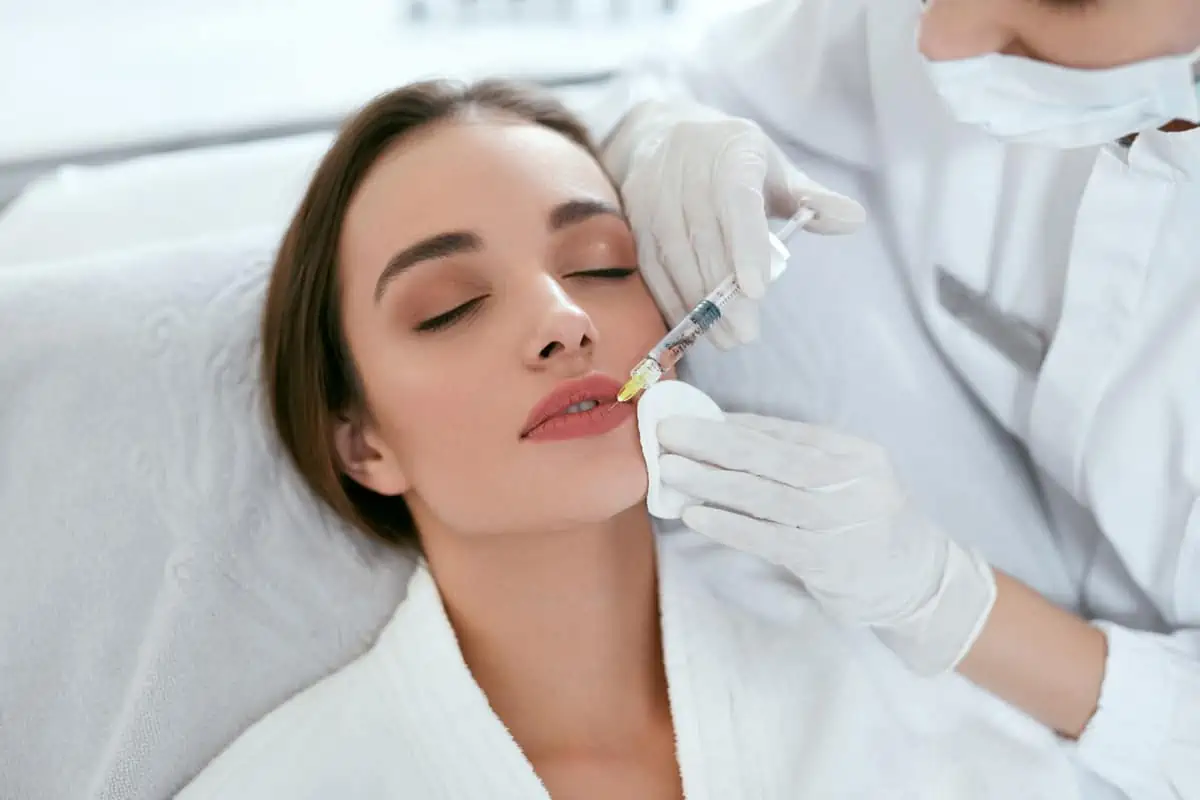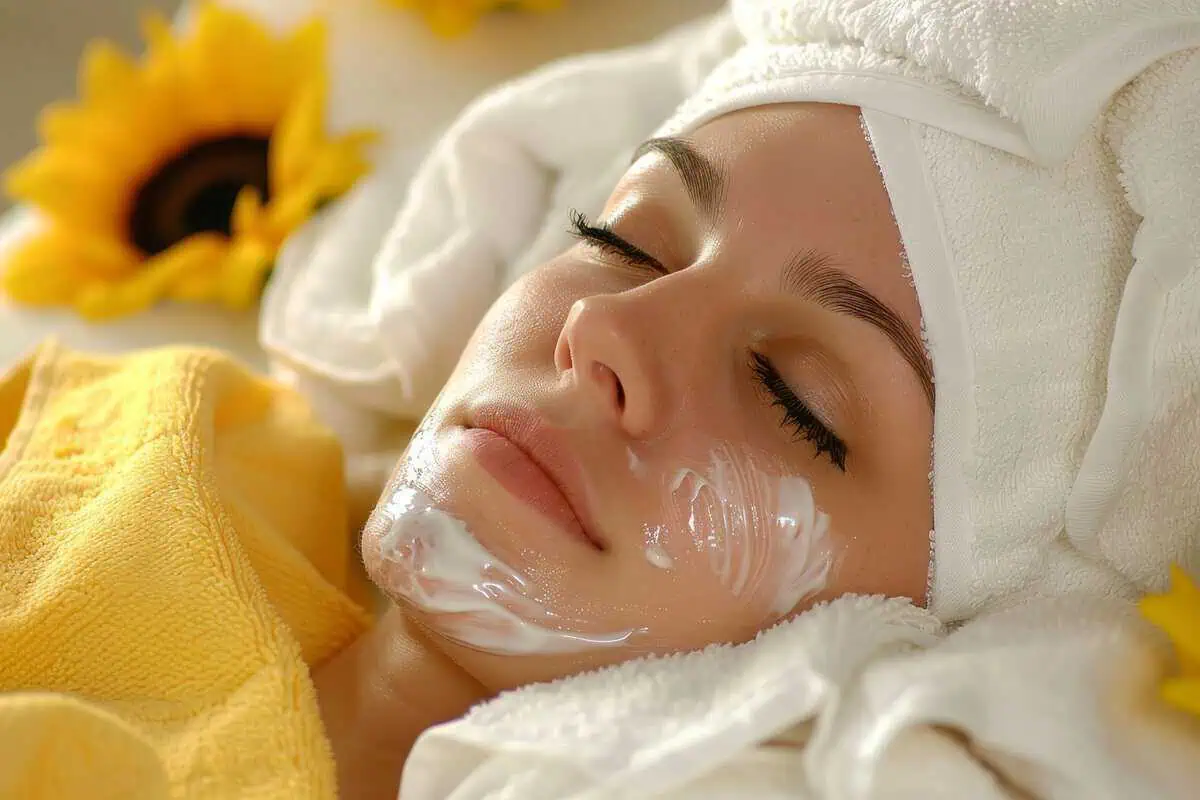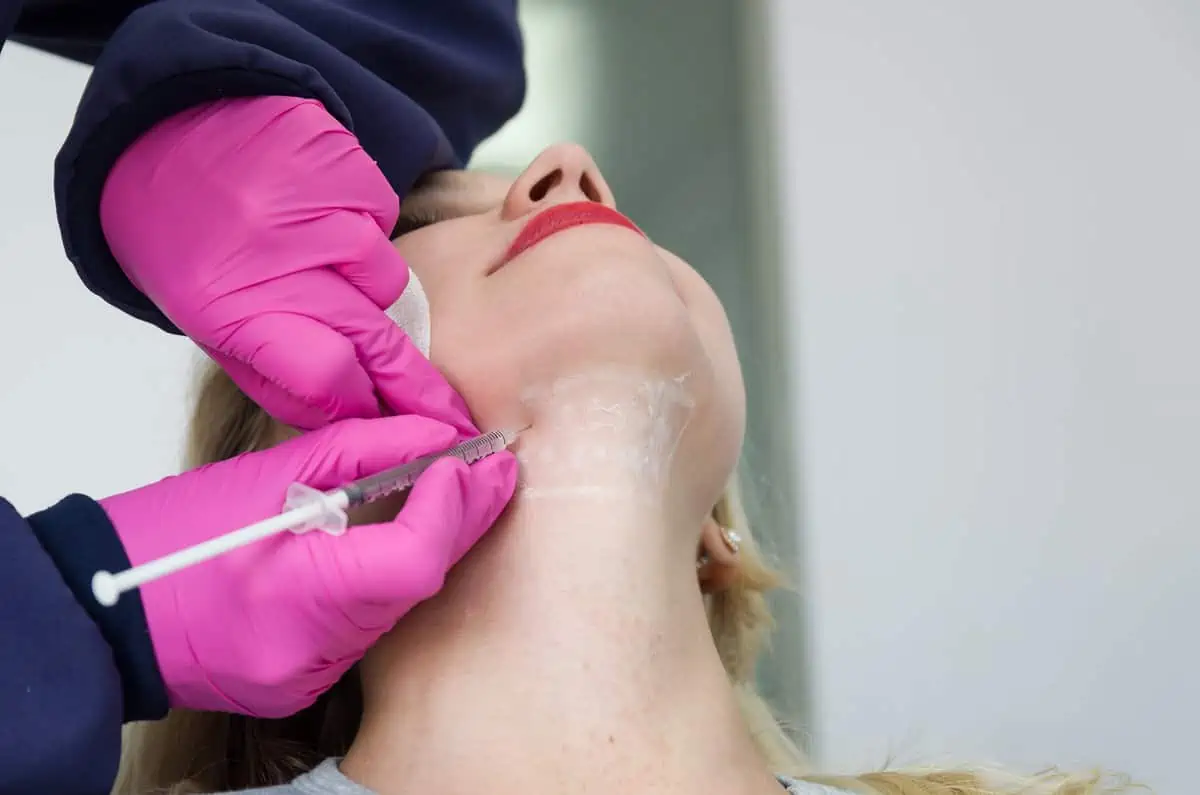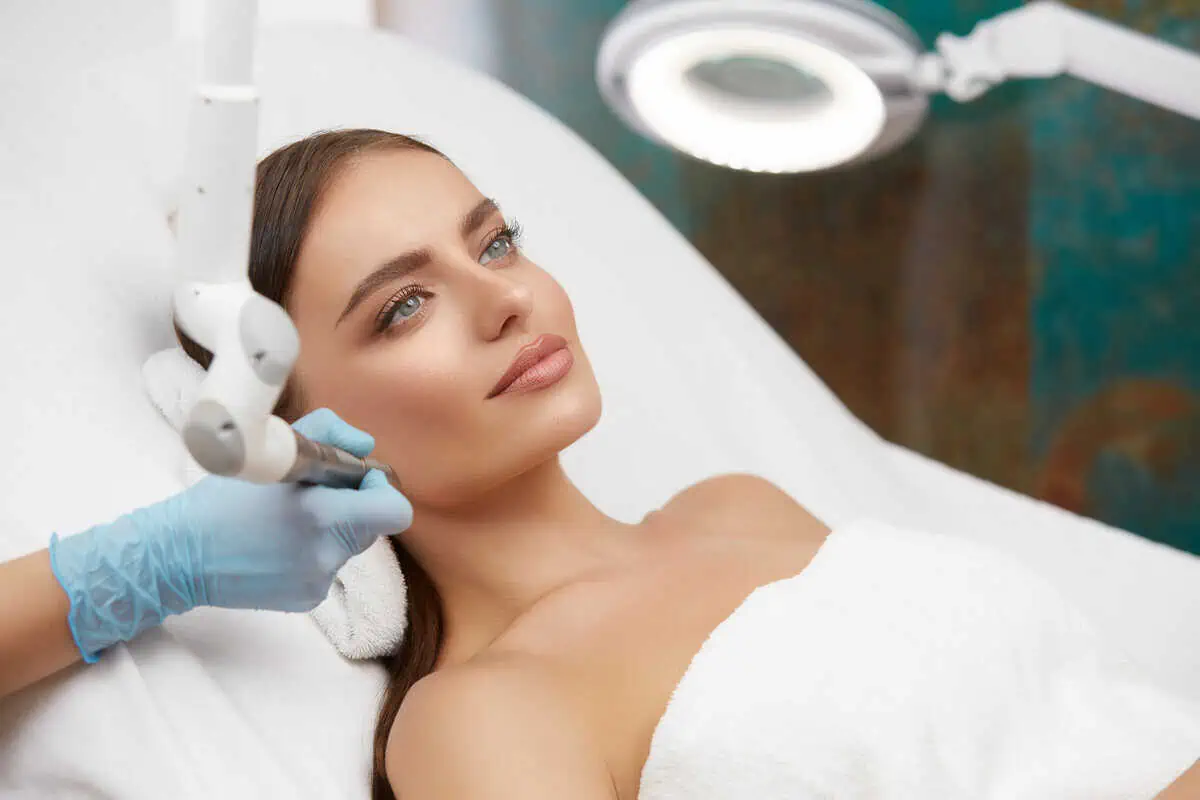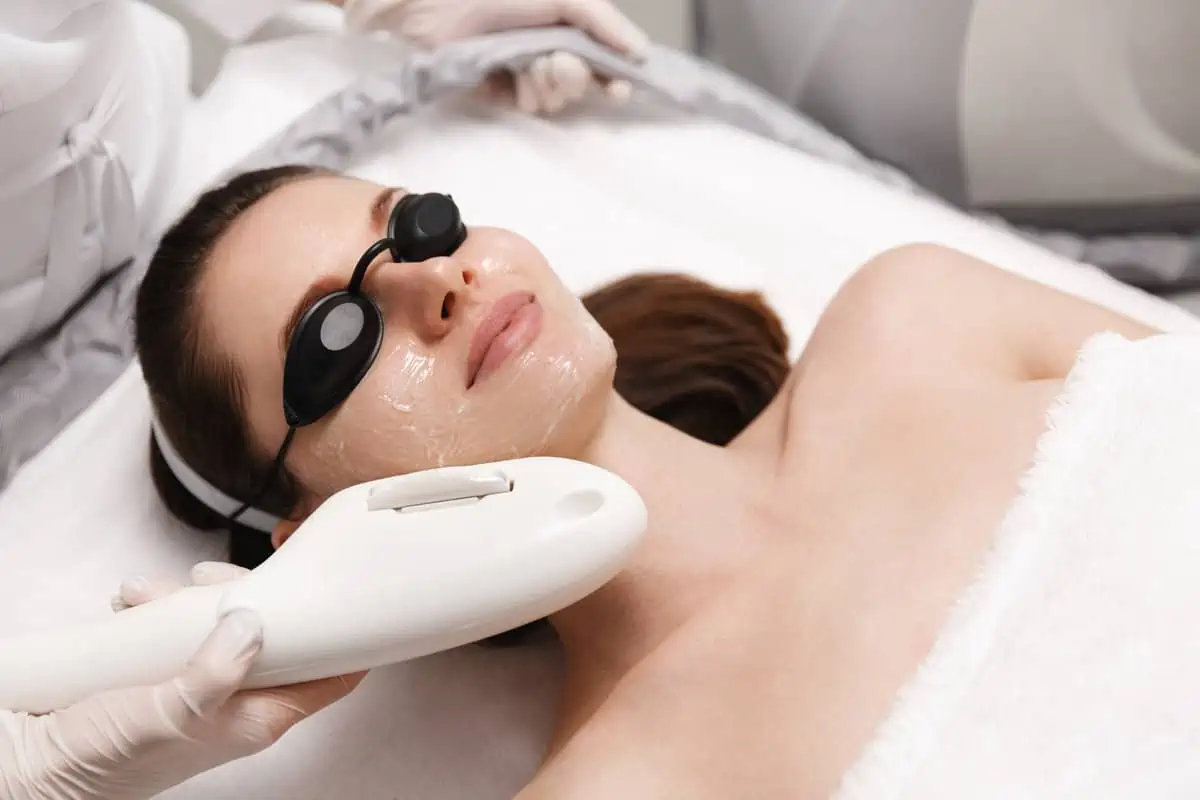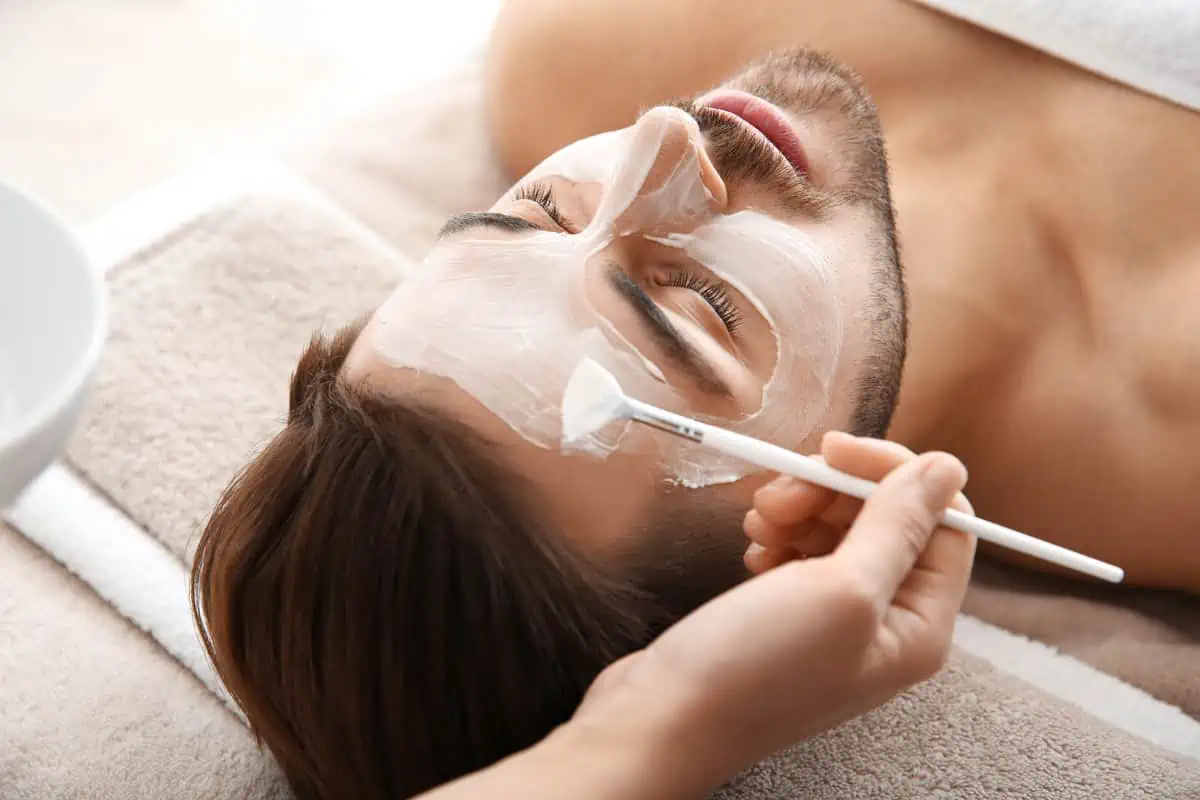Acne, a common skin condition affecting people of all ages, can often be a source of frustration and self-consciousness. For those seeking practical solutions, seeking clearer skin can lead to various treatments and therapies. One such approach gaining attention is acne dual-light therapy, which uses specific wavelengths of light to target acne-causing bacteria and reduce inflammation. While not a new concept, light therapy has garnered interest for its potential to improve skin health.
Without flashy promises or overblown claims, it offers a straightforward approach to addressing a persistent concern. This method involves sessions where targeted light is applied to the skin, and its benefits have piqued the curiosity of individuals looking for manageable and practical solutions.
Understanding Acne Dual-Light Therapy for Acne
Light therapy, as a treatment for acne, involves using specific wavelengths of light to address the underlying causes of acne breakouts.
Light therapy primarily focuses on two types of light: blue light and red light. As the name suggests, blue light therapy utilizes blue wavelengths to target the bacteria responsible for acne. These specific wavelengths penetrate the skin and disrupt the activity of Propionibacterium acnes (P. acnes), a type of bacteria that thrives in the sebaceous glands and contributes to acne development. Blue light therapy can help mitigate acne inflammation and prevent new breakouts by reducing the population of these bacteria.
On the other hand, red light therapy operates on a different wavelength spectrum. When applied to the skin, red light has been shown to reduce inflammation and promote healing. It does this by stimulating the production of collagen and improving blood circulation. As a result, red light therapy can address existing acne and enhance the overall health and appearance of the skin.
Factors Influencing Frequency
The frequency of light therapy sessions for acne treatment should be personalized to suit individual circumstances. Therefore, seeking professional guidance and assessment is essential to ensure the treatment plan is safe and effective. Considering these factors, individuals can decide how often they should undergo light therapy sessions to achieve the desired results.
- Severity of Acne: The extent and severity of acne lesions play a pivotal role in determining the frequency of light therapy. Individuals with mild to moderate acne may require fewer sessions than those with severe or persistent acne. Healthcare professionals will assess the acne’s severity to prescribe an appropriate treatment schedule.
- Skin Type: Different skin types react differently to light therapy. Factors such as skin tone and sensitivity can influence the recommended frequency. For example, individuals with darker skin may require different settings to achieve optimal results while minimizing the risk of pigmentation changes.
- Individual Response: Each person’s skin responds uniquely to light therapy. Some may experience noticeable improvements after a few sessions, while others may require more time to see results. The treatment schedule can be adjusted based on an individual’s response to ensure the best outcomes.
- Treatment Goals: The desired outcome also influences the frequency of sessions. Some individuals may seek light therapy primarily for acne management, while others may want to improve overall skin health and appearance. Treatment goals will impact the duration and frequency of sessions.
- Professional Assessment: Consulting a healthcare professional or dermatologist is crucial in determining the optimal frequency of light therapy. These experts will assess the specific needs of the individual, taking into account their unique skin characteristics and acne condition.
- Combination Therapies: Light therapy may be combined with other acne treatments, such as topical medications or chemical peels. The frequency of light therapy may be adjusted based on the overall treatment plan.
Who Is An Ideal Candidate?
Light therapy for acne is a versatile treatment suitable for individuals who grapple with acne-related concerns, encompassing both active acne breakouts and scarring. Understanding who the ideal candidates are can help those considering this treatment determine if it aligns with their skincare objectives.
- Active Acne Concerns: Individuals dealing with active acne breakouts, whether mild, moderate, or severe, are prime candidates for light therapy. The treatment’s ability to target acne-causing bacteria and reduce inflammation makes it effective in managing ongoing acne issues.
- Acne Scarring: Light therapy also proves beneficial for individuals with acne scarring. The red light component, in particular, aids in collagen production and skin healing, which can lead to a noticeable reduction in the appearance of acne scars over time.
- Varied Skin Types: Light therapy is adaptable to various skin types. While light intensity and duration may require adjustments, it can be safely administered to individuals with different skin tones and sensitivities.
- Individuals Seeking Minimal Side Effects: Compared to some other acne treatments, light therapy typically has fewer side effects, which makes it appealing to those who want to avoid more aggressive treatments.
- Patients Open to Complementary Treatments: Light therapy can be used with other acne treatments, such as topical medications or chemical peels. This approach can benefit individuals who are open to combining therapies for more comprehensive results.
Side Effects
Light therapy for acne is generally well-tolerated and non-invasive, causing minimal discomfort for most clients. During the treatment, some individuals may notice a mild warming sensation on their skin. This sensation, while noticeable, is typically brief and not considered uncomfortable or painful.
Regarding side effects, light therapy for acne is associated with only minor and temporary issues. Some clients may experience temporary redness in the treated area. This redness is usually akin to a mild sunburn and tends to subside shortly after the treatment session. Additionally, mild swelling may occur in some cases but is typically short-lived and resolves quickly.
Takeaway
White Coat Aesthetics guides you if you’re ready to journey towards clearer, healthier skin. Our experienced professionals specialize in acne dual-light therapy and can provide personalized recommendations tailored to your unique needs.
Don’t let acne hold you back any longer. Consider an assessment with White Coat Aesthetics today and discover how light therapy can be your path to a brighter, blemish-free complexion. Say goodbye to the frustration of acne and hello to newfound confidence.
Contact us now to start your journey towards radiant skin. Your dream of clearer skin is within reach, and White Coat Aesthetics is here to help you achieve it.
